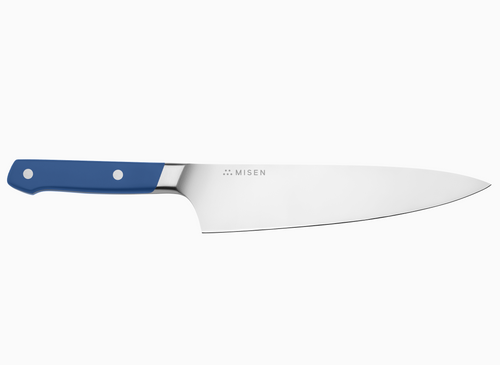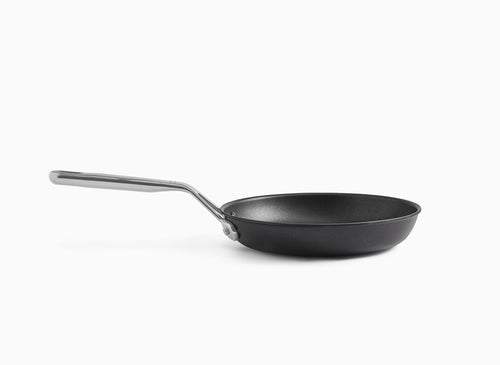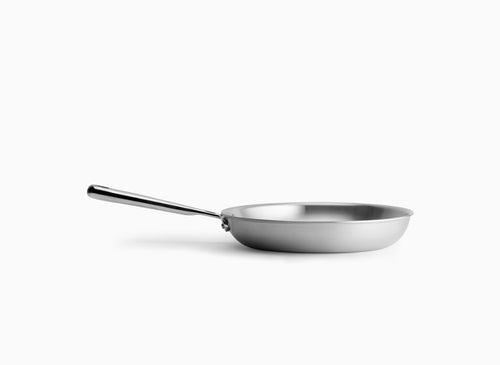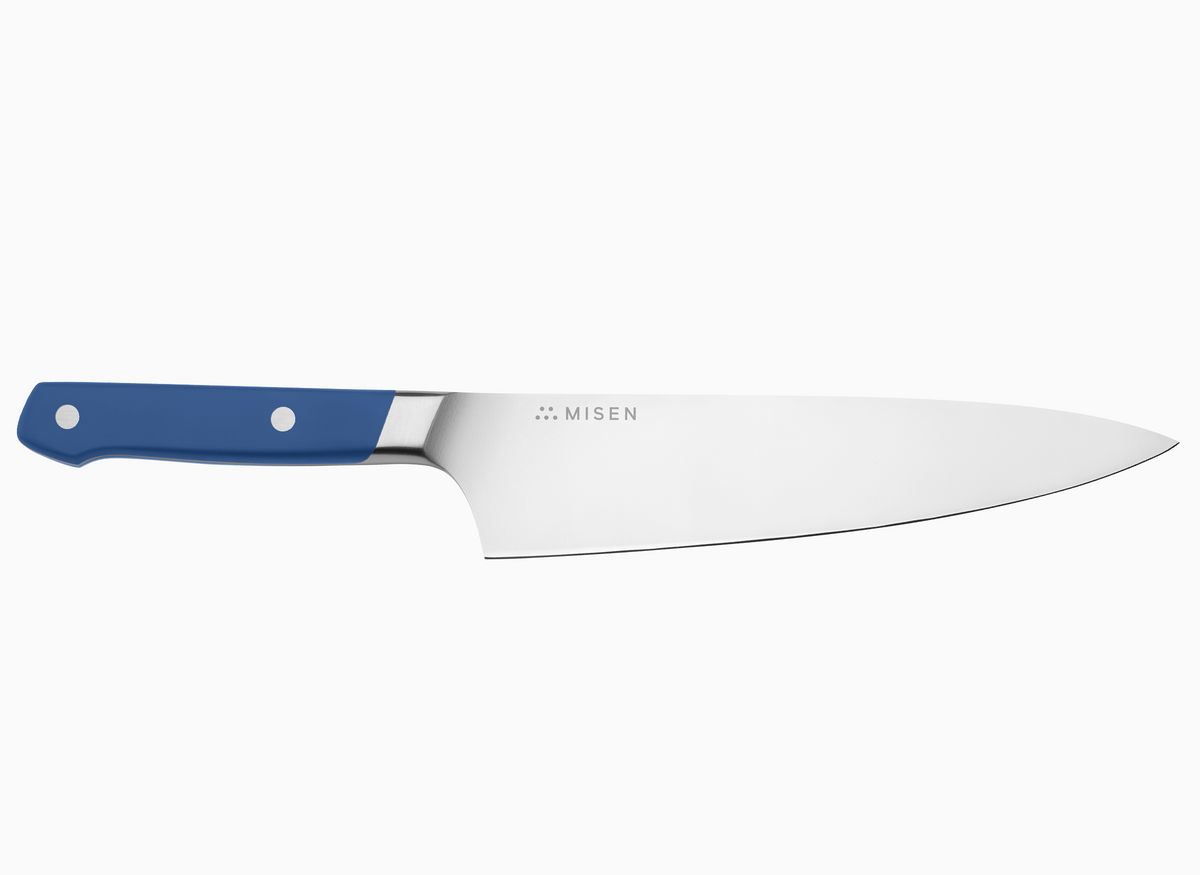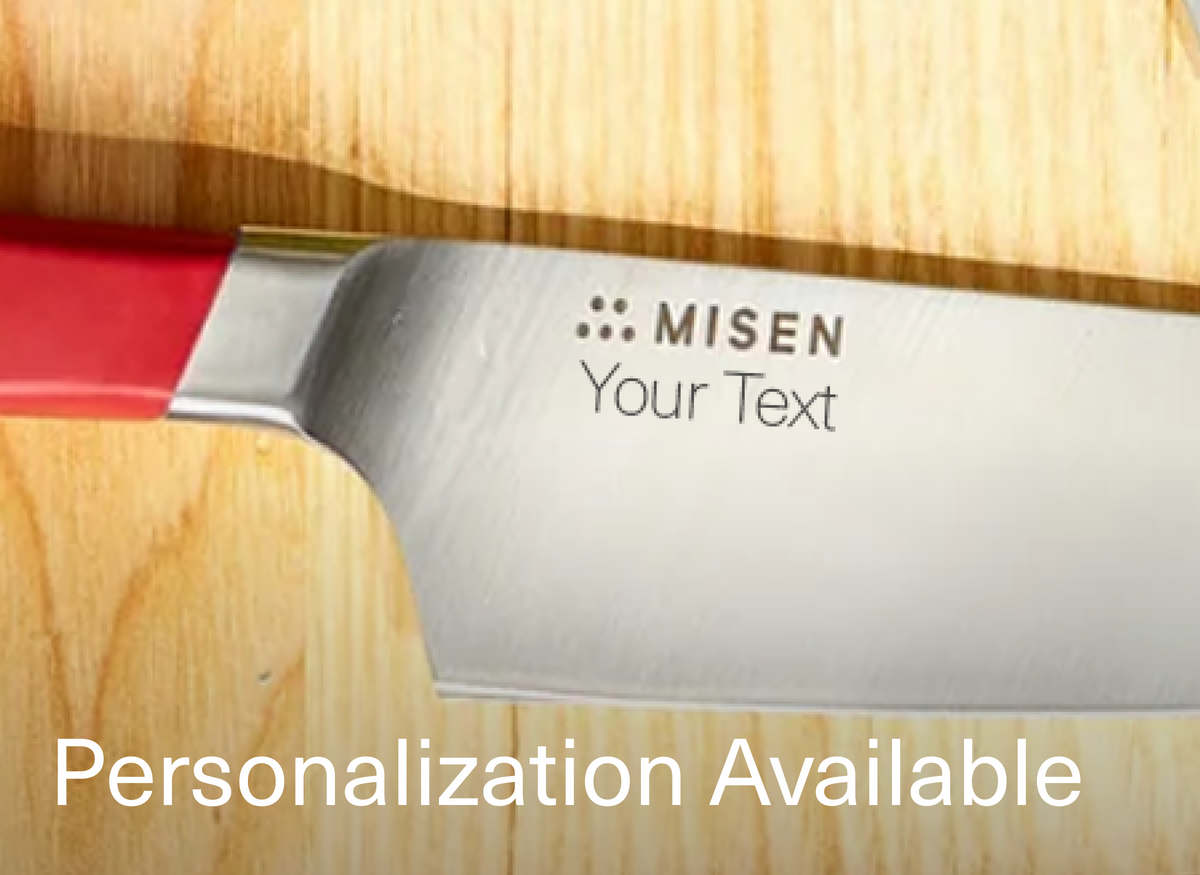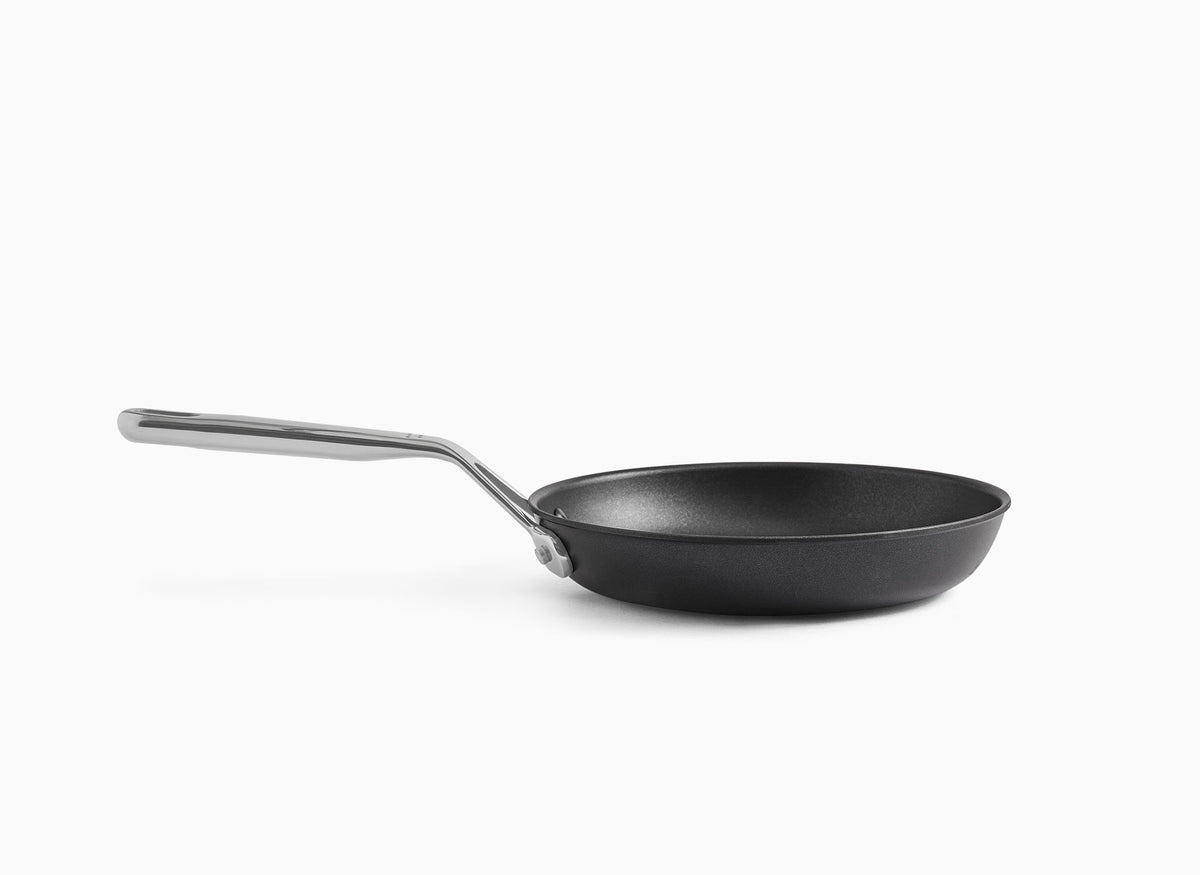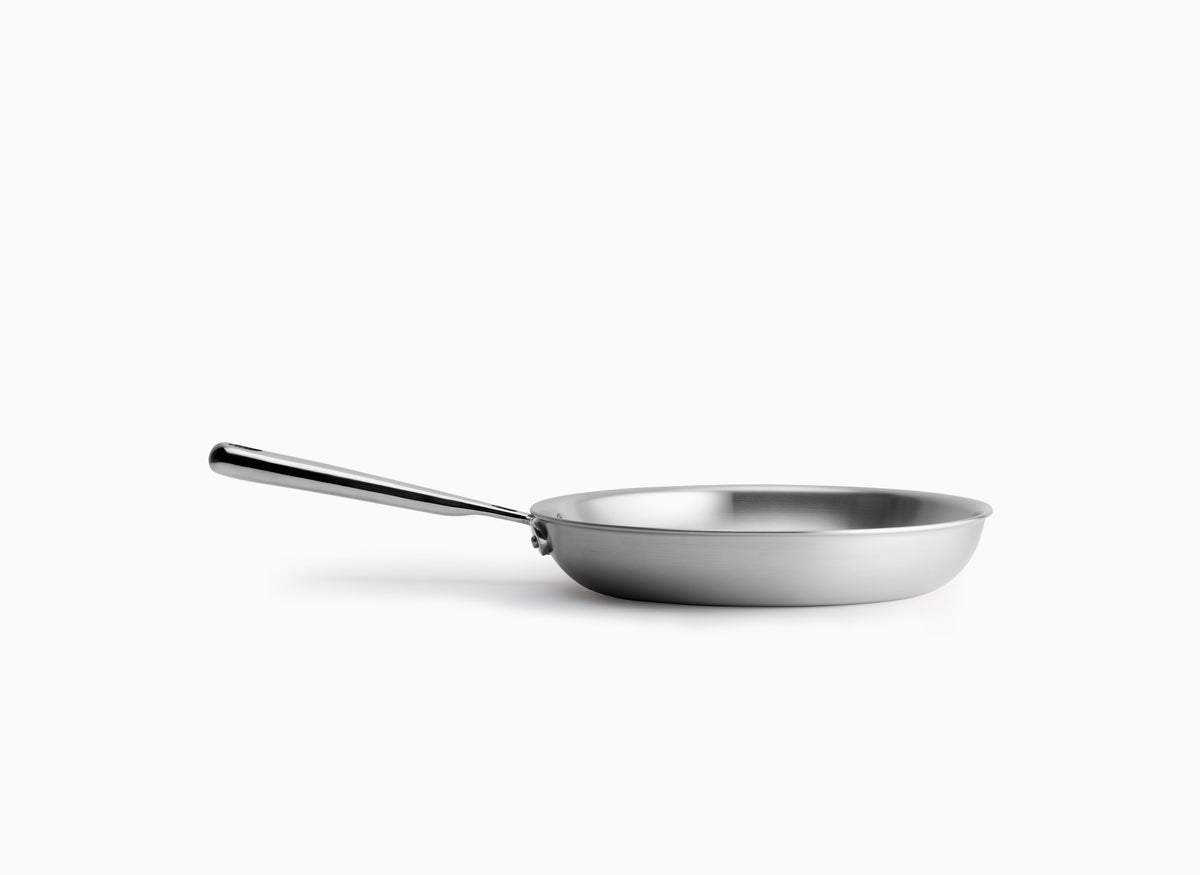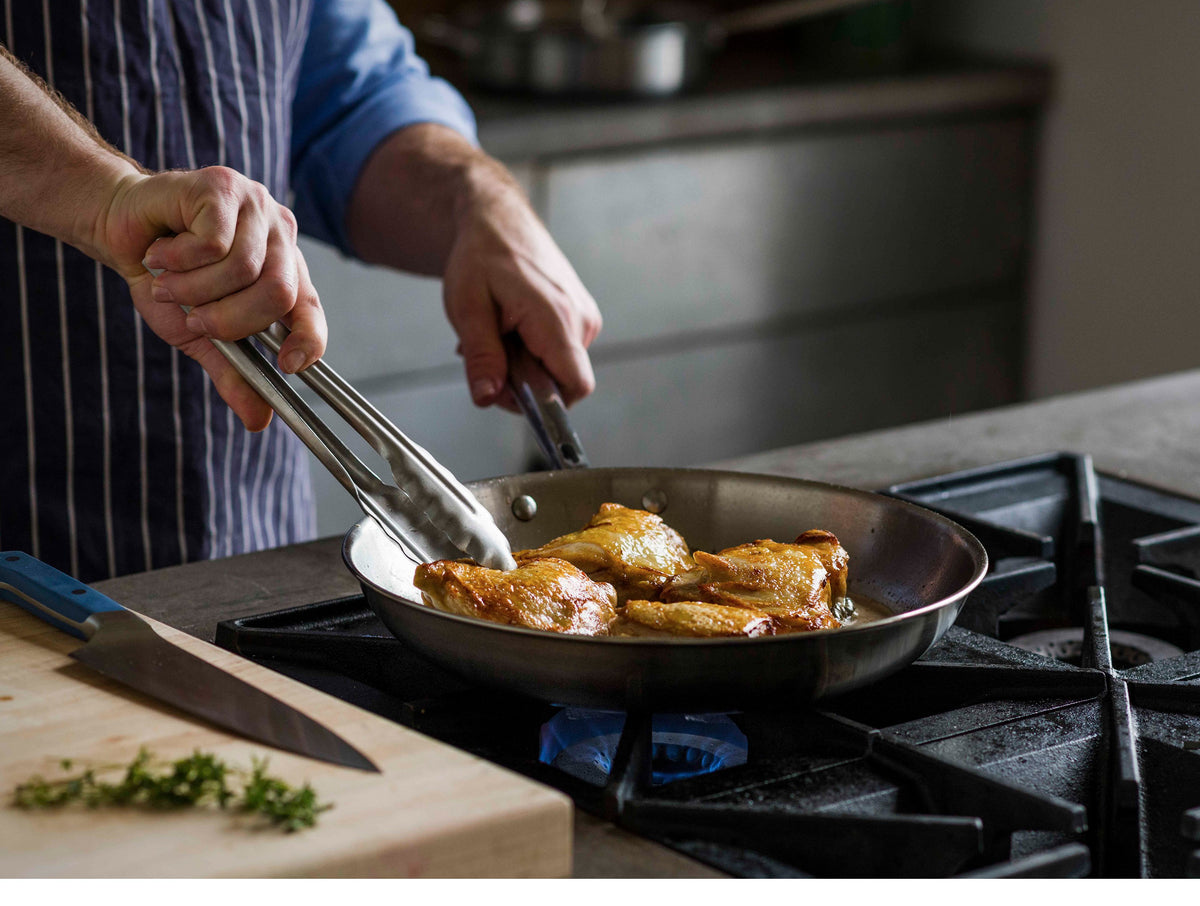Which Japanese Kitchen Knives Do You Need?
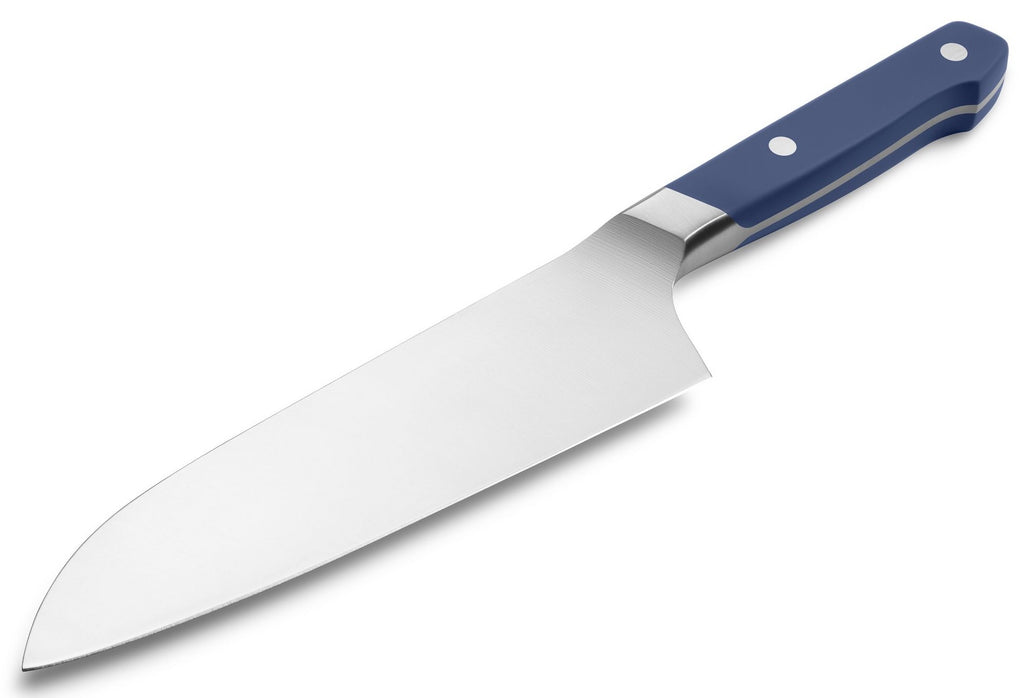 A santoku knife is a perfect example of a versatile Japanese knife.
A santoku knife is a perfect example of a versatile Japanese knife.
- Many Japanese knives are mirror images of or complements to their western counterparts.
- Japanese knives differ from western knives in some important ways.
- Ultra-specialized Japanese knives won’t find frequent use in western kitchens.
From its Samurai swords to its kitchen knives, Japan has long been famous for making blades. And through a century and a half of cultural exposure, some of their best elements have ended up in western kitchens, and vice versa.
That said, many Japanese-style knives remain close to their original form. They have unique properties and signature craftsmanship that make them different from western cutlery even when they share many similarities.
Below, we'll go over some of the key differences between Japanese knives and traditional western knives and have a look at some of the more famous Japanese kitchen blades.
The Traditions of Japanese Kitchen Knives
Japanese and western knives, of course, share a similar purpose: to cut things. In recent decades, there has been a large amount of crossbreeding in which manufacturers from both traditions have borrowed designs from each other. However, there are some key differences that separate the two in their purely traditional forms.
- Japanese kitchen knives are often beveled only on one side.
- Japanese knives usually have a steeper angle in their bevel, giving them very sharp edges but also making them more fragile.
- Japanese knives often use high-carbon steel rather than stainless steel, making them susceptible to damage from acid but excellent for edge retention.
- Western knives usually rely on a full tang, whereas Japanese knives use a partial tang.
- Japanese knives are usually lighter and thinner than western knives.
- Most Japanese knives have straighter cutting edges than their western counterparts.
- Some Japanese knives can be quite plain-looking, while others are made with visually striking metal like Damascus steel.
With that out of the way, let's look at some of the more common Japanese knives — and what they're used for.
Santoku
 A santoku knife is shorter and lighter than a western chef’s knife.
A santoku knife is shorter and lighter than a western chef’s knife.
A santoku knife has become one of the most popular knives in the world, rivaling even the traditional western chef's knife. Its name is Japanese for "three virtues," though which three virtues these represent is up for debate. Some say the three virtues of the knife are meat, fish, and vegetables, while others argue the virtues are chopping, slicing, and dicing.
Whatever the case, a santoku knife is an excellent all-around knife to have in the kitchen and can accomplish just about anything a western style chef knife can. Its shorter blade and lighter weight compared to a chef's knife make it a favorite for those with small hands.
Because its blade is flat rather than curved, using it requires lifting the blade each time you want to cut. With some practice, a chef can get very fast and very precise with this — and those who are familiar with finely-cut Japanese cuisine, like sushi, will appreciate its focus on precision.
Gyuto
A gyuto knife is the closest thing in the world of Japanese knives to a traditional western chef's knife. Literally meaning "beef sword," this knife has a slightly curved blade that allows it to rock back and forth on the cutting board. Professional chefs in Japan use it to prepare traditional western food in Japan, though it’s quite suitable for Japanese food as well. Realistically, the knife could replace a chef's knife in many western kitchens.
It can be used to cut a variety of meat, both tough and tender, but it also makes a good vegetable knife. Additionally, the sharp tip compared to a santoku knife makes this knife good for precision work — like making garnishes, for example.
Gyuto knives come in a wide variety of sizes, from typical chef's knife length (about 8 inches) to almost comically long. Generally speaking, the longer the knife, the more powerful it is but the harder it is to control. It can also be a problem if the knife doesn’t fit on countertops found in most kitchens.
Nakiri
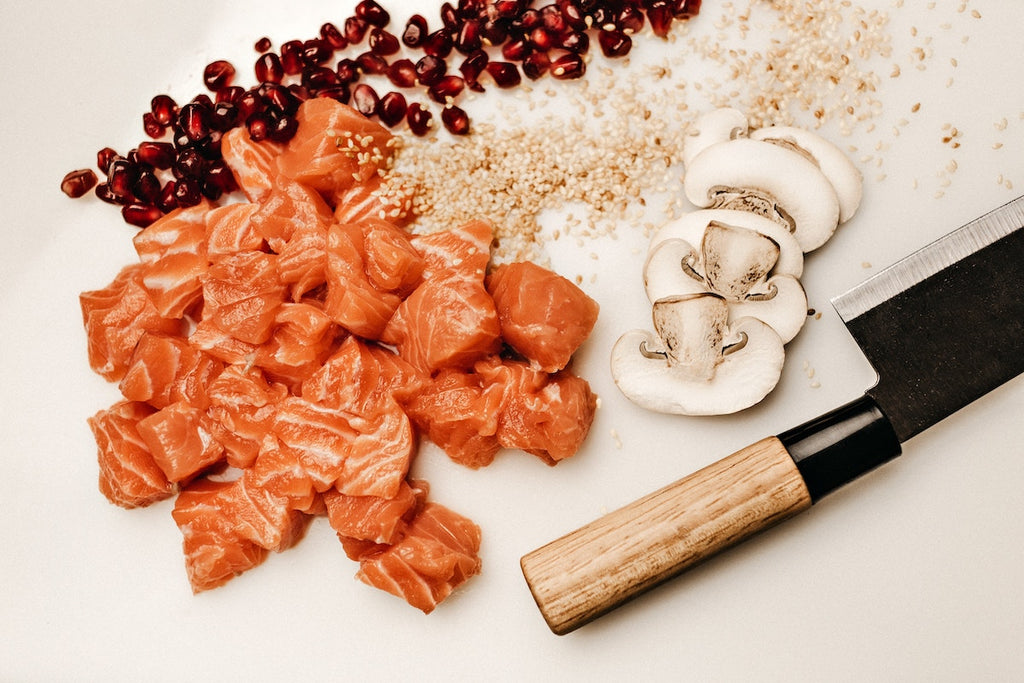 A nakiri resembles a western-style meat cleaver.
A nakiri resembles a western-style meat cleaver.
A nakiri knife is a type of vegetable knife with a flat end instead of a point. Essentially, it looks like a lighter, thinner version of a meat cleaver.
Like a santoku knife, it has a straight blade that is intended to cut all the way through vegetables to the cutting board. The knife is designed so you don't have to push forward or pull backward when cutting: Instead, you cut straight down through the vegetables.
This type of cutting is great for ultra-fine cuts and helps prevent damage to the plants' cells. A Japanese chef would use it to get the precise cuts needed for high-quality presentation of a dish.
Note that a nakiri knife is usually thinner than knives meant for meat. It doesn't need to take a serious beating cutting through bone, tendon, or gristle. Instead, it's meant to glide effortlessly through vegetables.
Petty
 Japanese knives can be general-purpose like the petty, closest in the picture above.
Japanese knives can be general-purpose like the petty, closest in the picture above.
A petty knife is the Japanese answer to the western paring knife. In general, it's a short, multipurpose utility knife used for — well — just about anything depending on the knife’s size.
Speaking of size, a petty knife's size can vary wildly: anywhere from 3-8 inches, though they're more commonly on the smaller side. Smaller petty knives are valuable for traditional paring uses like peeling fruits or vegetables, while longer ones can be valuable boning knives or meat slicers.
One major difference between a petty knife and a western paring knife is that a petty knife is often used for precise tasks on a cutting board rather than something held in a hand. They especially shine when used for more elaborate or delicate cuts in high-end sushi.
Deba
A deba knife is a type of knife typically used for fish, though it can also be used for meat or poultry. It's sturdier than many Japanese knives but still isn't meant to handle heavy-duty work like cutting through thick bone. It can, however, be used to break down poultry or cut through connective tissue.
Because there are countless types of fish used in Japanese cooking, there are many types of deba knives as well. Each one is meant for a different function or a different type of fish. For example, one can be better at cutting heads while another is superior for filleting.
Sujihiki
The sujihiki is a long, thin knife used for slicing meat or fish. It's very comparable to a traditional western carving knife and can be used for essentially the same tasks, like trimming a roast pre-cook or carving it afterward. Of course, like many Japanese knives, it's also useful for many fish-related techniques, like filleting.
Yanagiba
The yanagiba is primarily a fish knife, used for filleting or scaling fish for sushi. It's a long, narrow knife that looks a lot like a western fish filleting knife. It's ideal for sliding between the meat of the fish and the bone to create boneless fillets.
Which Japanese Knives Do You Need?
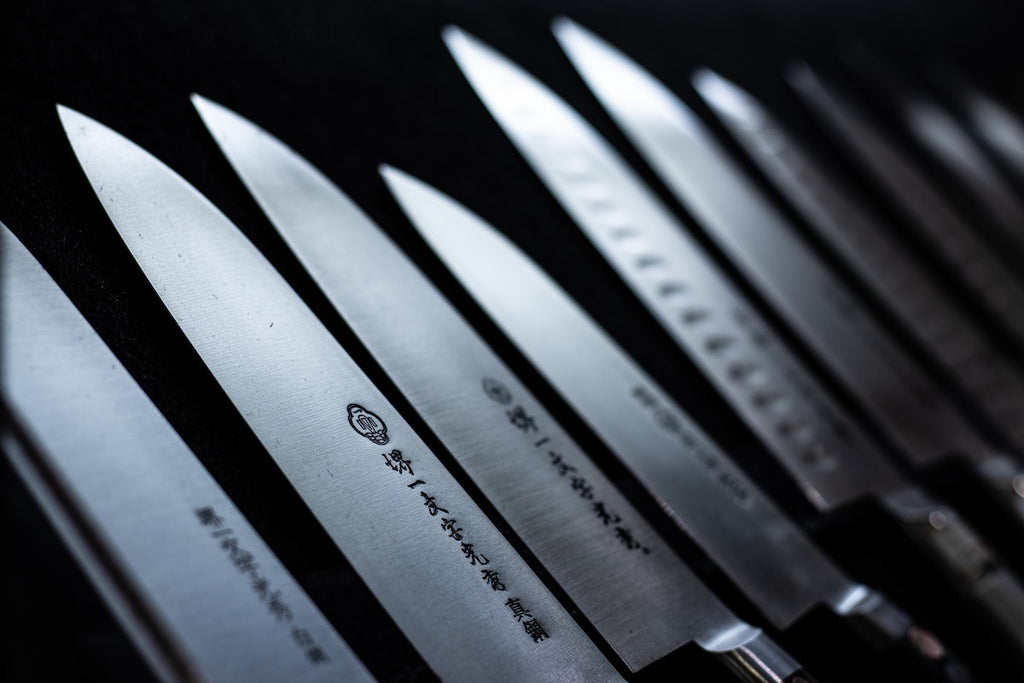 Many Japanese knives would never see the light of day in a home kitchen.
Many Japanese knives would never see the light of day in a home kitchen.
The aforementioned knives are just the beginning of the world of Japanese knives. That world is a very deep rabbit hole that's easy to get lost in with specialized versions of already-specialized knives. You could spend a great deal of time reading about them and learning about them. On top of that, you could spend a small fortune on a full Japanese knife set like those made by Shun or Yoshihiro — but we don't think that's necessary.
Realistically, you won't be using most of these knives unless you're a professional sushi chef or otherwise get really, really into cooking traditional Japanese cuisine. Many of these traditional Japanese knives would be redundant in a western home kitchen and would simply end up taking up space.
Our vote for the most useful of these Japanese knives is the santoku knife. It's an excellent, all-purpose knife that's the result of cultural cross-pollination and can complement any kitchen. Because there’s been so much intermingling between Japanese and western traditions, most western chefs would feel right at home using it. It can sit proudly alongside your bread knife, steak knives, and other standards and will get regular use.
